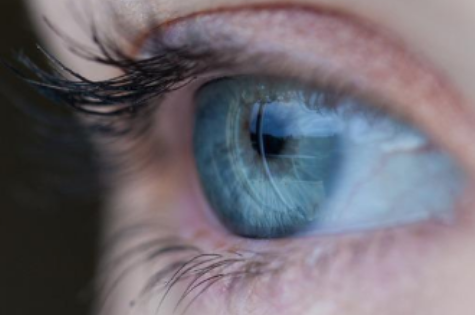Modern technology has touched and improved all aspects of our lives. One key aspect is the improvement of our body’s natural abilities and correcting once life-hampering and inhibiting conditions.
Our eyes are one of the most important parts of the body. They are responsible for the visual feedback we gain and use to traverse the world. Unfortunately, eyes are also highly sensitive and can easily get damaged for a number of reasons. This, in turn, can lead to vision loss and other problems relating to the eyes.
The good news is that many modern procedures have been developed to help reverse the vision loss and correct it. These procedures and operations are carried out by ophthalmologists and at clinics like Personal Eyes. So, if you think you need vision correction, it is best to get an appointment and consider your options.
Available Options to Correct Vision
1. Lenses
This is one of the oldest ways to treat vision correction and impaired vision. Lenses are small objects made of plastic or glass which can be either convex or concave. They are used to treat nearsightedness as well as farsightedness.
They have been around since well before the Middle Ages and are still a much-preferred option for correcting vision. They are particularly suitable for very old individuals whose eyes may be sensitive to laser surgery or individuals whose eyes are not deemed fit for laser surgery and prone to irritation.
2. Cataracts
Cataracts is a debilitating condition of the eyes. In this condition, a silvery cloud or layer builds up over the lens and impairs eyesight. If not treated and removed in time, it can solidify and cause permanent vision loss. A cataract is treated by surgically cleaning the eye and inserting a lens which effectively functions as a normal and natural lens of the eye. This restores vision. This procedure is most often used in older patients since this condition usually presents itself after your 40s.
3. Laser Eye Surgery
This is the earliest development in using lasers to surgically operate on the eye and restore vision. Laser eye surgery, if done correctly by experienced doctors, has the highest chances of success and fully restoring vision. It is now not commonly used since a more developed version of the procedure has been developed. Some people still opt for this method though.
4. LASIK
This is also a form of laser eye surgery but is a more advanced version. The difference between this and conventional eye surgery is that LASIK uses two lasers to operate and merely cuts a flap in the cornea to access the core of the eye. No part of the eye is excised, therefore, the healing time is significantly less and the process is much less painful. This is generally the go-to method for all laser surgeries today but is only recommended for people between the ages of 20-45.
Conclusion
These are the various ways to correct your vision and which one you choose will largely depend on situational factors like your age and eye sensitivity. If you think you are losing vision, it is advisable to consult an experienced eye doctor as soon as possible.








 Agree (0)
Agree (0) Disagree (
Disagree (









__small.png)










